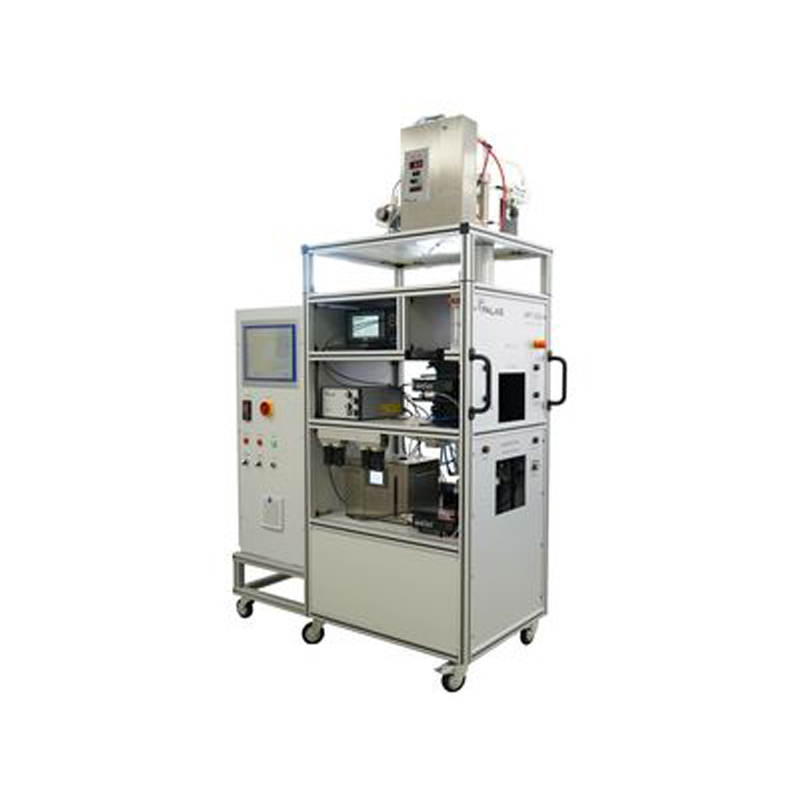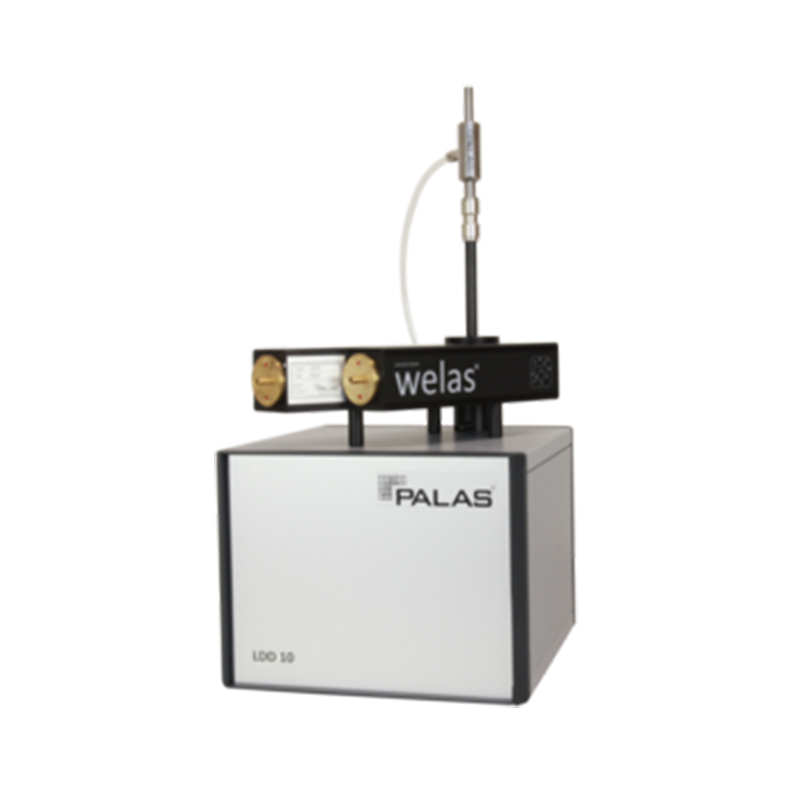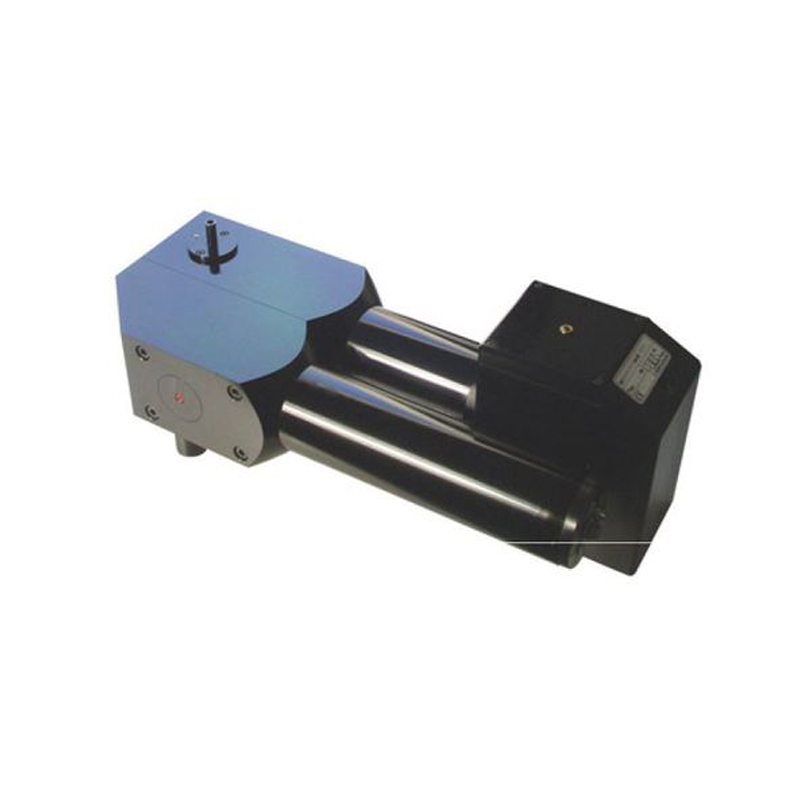Description
Fig. 1: MFP 3000
MFP filter test rigs from Palas® have already proved themselves many times over all around the world in practical applications in development and quality control.
The MFP filter test rig is a modular filter testing system for flat filter media and small mini-filters.
This enables you to determine the
• pressure loss curve on the medium without a dust coating,
• fraction separation efficiency, or
• burden and fraction separation efficiency during application of the burden
• and the gravimetric separation efficiency
within shortest times – reliably and therefore cost-effectively.
The MFP 3000 operates in suction mode. This ensures a particularly uniform formation of the dust cake even at high inflow speeds.
With the aid of the light scattering spectrometer Promo® 3000, clear and reliable determination of the aerosol concentration and the particle size and therefore a clear determination of the fraction separation efficiency can be ensured. In addition, use of the welas® digital 3000 or Promo® 3000 with two sensors for virtually simultaneous particle measurement offers the following advantages:
• Fully-automatic measurement of fraction separation efficiency
• Use of the testing system for very high and very low aerosol concentrations.
The largely automated setup of the test sequence in conjunction with the clearly defined individual components and the individually adjustable sequence programs of the filter test software FTControl combine to deliver the high reliability of our measurement results.
Our quality in detail
Fig. 2: MFP 3000
1. Variable aerosol generation Thanks to the use of different dispersers for dusts, KCl/ NaCl, DEHS etc.; shortened measurement times are possible e.g. through increased dust concentration
2. Corona discharge (optional): Adjustable ion stream for different mass flows. Mixed air, adjustable for inflow speeds from 0.05 to 1 m/s. Optional: Transient inflow.
3. Light scattering spectrometer Promo® 3000 for clear particle measurements in high concentrations of up to 5000 mg/m3 (SAE Fine) and low concentrations for the determination of the initial fraction separation efficiency
4. Mobile pneumatic filter holder for fast removal and loading of the test rig.
5. Gravimetric filter holder for simple and fast evaluation of the gravimetric separation efficiency.
6. Raw gas sensor
7. Clean gas sensor
Automation
The MFP 3000 has an integrated mass flow controller that it uses to control the volume flow. The volume flow rates are automatically monitored and controlled by the FTControl filter test software. The data from the integrated sensors – such as the volume flow, temperature, relative humidity and differential pressure at the filter – are also recorded automatically during the filter test.
Measurement of the fraction separation efficiency

Fig. 3: Example: Comparison of fraction separation efficiencies
• Fully-automated measurement of the fraction separation efficiency
• Clear demonstration of the separation efficiency of your filter medium throughout the entire measurement range from 0.2 to 40 µm with the Promo® system
• Highest measurement reproducibility and repeatability highlight even fine differences in the separation efficiency
• Short measurement times of around 2 minutes per separation efficiency measurement thanks to optimized aerosol application
• Simple comparison of separation efficiency curves, calculation of mean values also possible
Sampling and layout
The vertical layout allows even large particles (up to 40 µm) to make their way onto the filter medium. On the raw and clean gas side, isokinetic sampling probes are provided for the raw and clean gas sensor.
Burden / hold time measurement and record of the pressure loss curve

Fig. 4: Example: Hold time measurement
• Performance of measurements of the fraction separation efficiency during dust application; pressure loss or measurement time can be pre-selected as the abort criterion
• Pre-selectable burden application steps in relation to pressure loss or time
• Gravimetric determination of the separation efficienc
• Determination and representation of the pressure loss curve and retention curve in diagram and table form The representation of the particle diameters at 80% and 95% separation efficiency provides additional information.
• Comparison of the fraction separation efficiencies during the different burdening steps
• Shortening of the measurement times, e.g. through increased aerosol concentration






